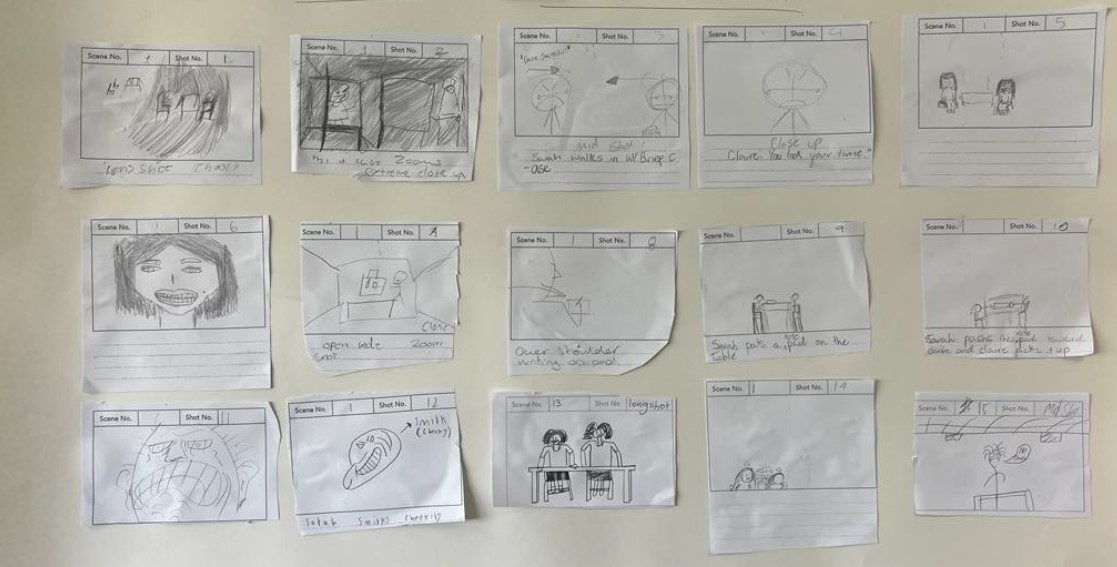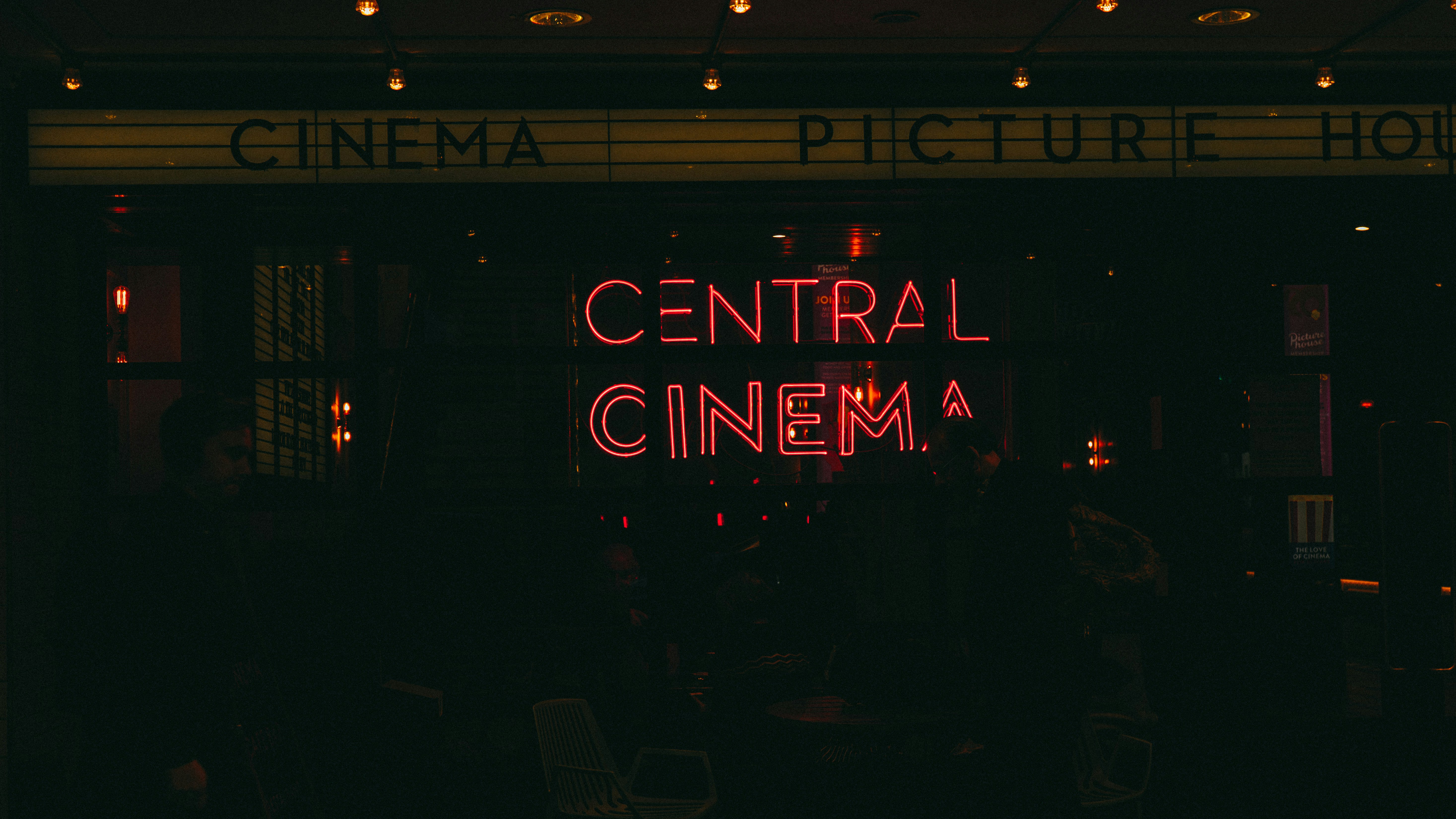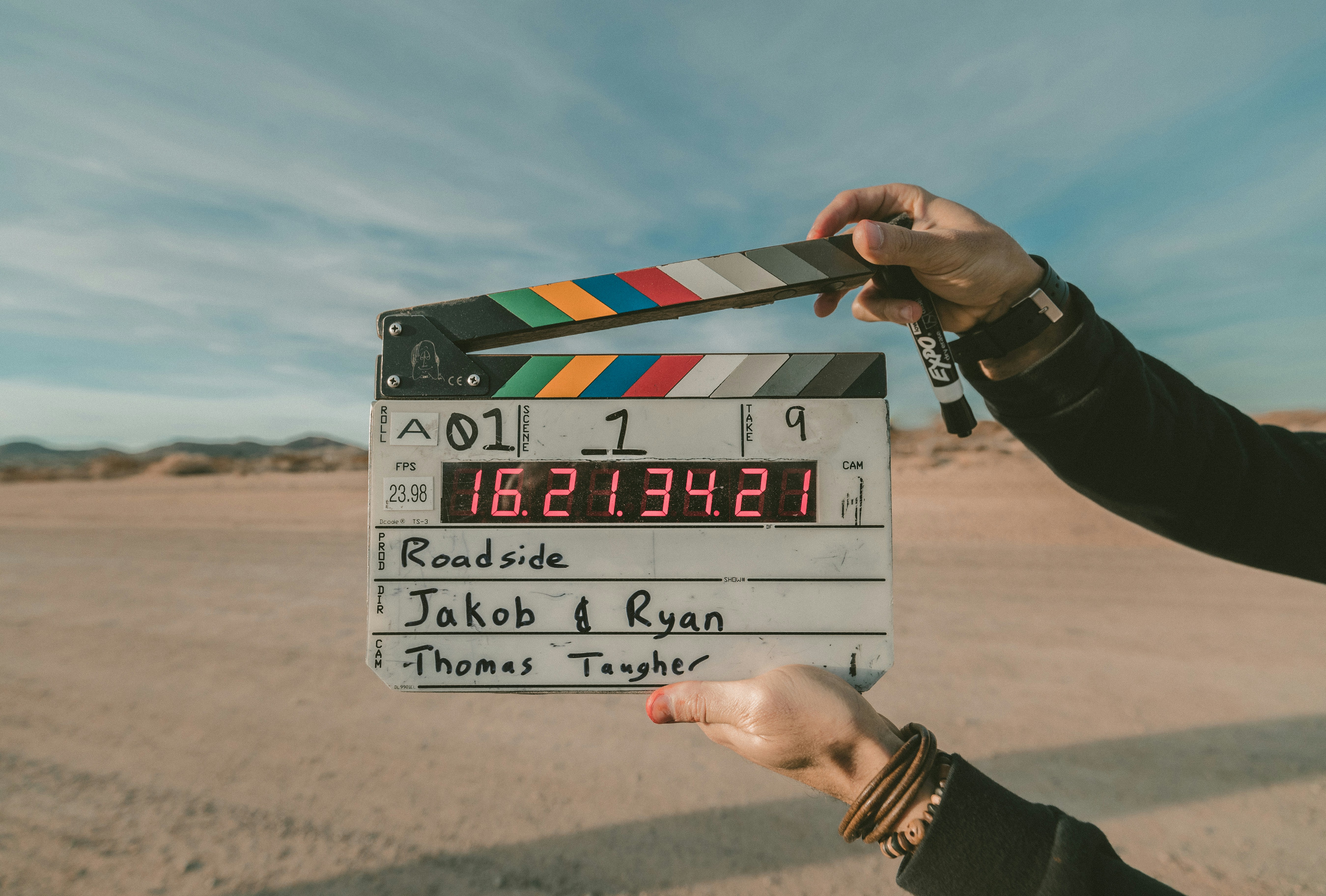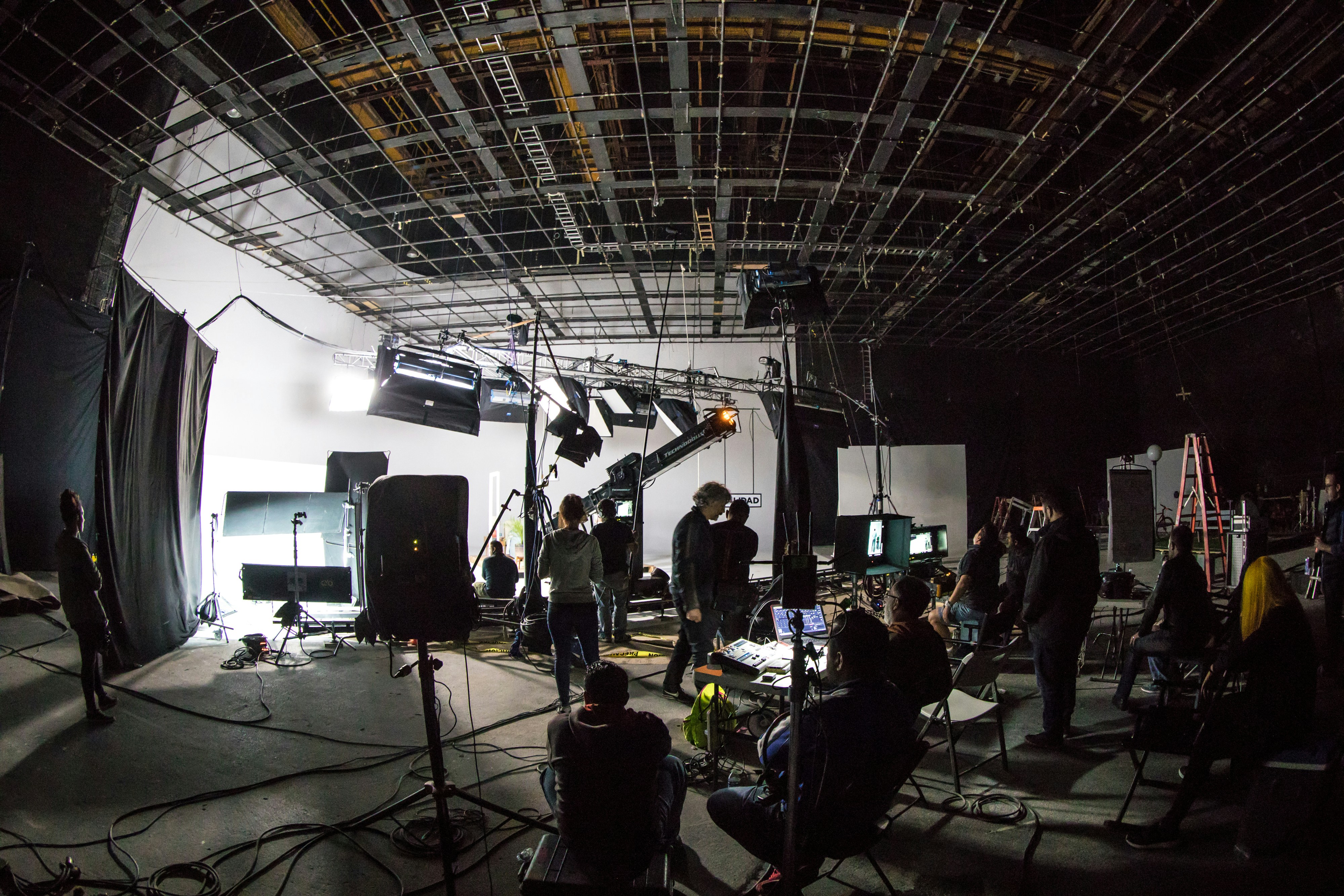FOR THE TEACHER
This Media Arts curriculum aligned design task is created to develop year 7-8 learners’ ability and understanding of the production process throughout media ‘moving image’. Furthermore, the design task has been created to guide student learning through multiple key content descriptors of the Victorian Curriculum Media Arts (VCAA, 2015) while aligning with the Australian Curriculum V.9 (Australian Curriculum, n.d.) with students working towards demonstrating their ability of both ‘making and responding’ to media as both a creator and viewer of media.
Through engaging in this learning task, students will build on their ability to ‘explore and express ideas’ (VCAMAE033) and (VCAMAE034) through the creation and understanding of storytelling in media, students will also show their ability to ‘present and perform’ (VCAMAP037) presenting their media in a classroom setting, additionally students will also demonstrate their ability to ‘respond and interpret’ (VCAMAR038) media with their class analysis and feedback throughout the learning activity ‘watch party’.
While participating in this learning activity, it is crucial for learners to engage in their development of both the practical and theoretical understanding of ‘media arts practices’ (VCAMAM035) and VCAMAM036), with the teacher and learner both working towards a shared understanding and application of technical media production skills and ability along with skills towards planning, structuring and creating media artworks.
This curriculum aligned design task is created as a teacher & student facing resource with visual guides to effective teaching strategies that will be used throughout the delivery of each section of the activity (Department of Education, 2020). The HITS icons shown, both allow the teacher and learner to see how their content will be delivered.
Furthermore, teachers will engage with using Marzano’s (2020) Six Steps to effective Vocabulary Instruction when building upon the learning of student vocabulary related to Media Arts learning. In addition to engaging in such pedagogical tools, teachers should consider the pedagogical approach that is most effective to engaging in when deliver a mixed collaborative and individual learning task (Churchill, 2022).
'THE DEAL' FILM PROJECT
- Setting Goals
- Structuring Lessons
- Explicit Teaching
Learning Intention
- We will learn how to follow the production process in the creation of film media.
- We will understand how different shot types are used to create an engaging film.
- We will learn how to give and receive constructive feedback to and from our peers
Success Criteria
- I know the importance of a storyboard and shot list in the creation of film media.
- I know the different shot types and how to apply these to make engaging scenes for an audience.
- I will show an understanding of camera safety when filming my project.
- I can follow a storyboard and shot list when creating and filming.
- I can give and receive constructive feedback to my peers
VOCABULARY TASK
- Multiple Exposures
- Differentiated Teaching
- Explicit Teaching
'SHOT TYPES'
Powered By EmbedPress
Marzano (2020)
VOCABULARY KNOWLEDGE ACTIVITY
Test your knowledge (10 minutes)
Step 1: Think about the term ‘shot types’ from our learning intention
Step 2: Describe what you think your chosen term is. There are no right or wrong answers.
Step 3: Create a drawing that describes your chosen term.
TIPS:
‘Shot types’ are the different angles and ways a cameraperson or director uses when shooting video or photography.
HOW DO I MAKE A MOVIE?
- Questioning
- Metacognitive Strategies
- Collaborative Learning
HAVE YOU MADE A MOVIE BEFORE?
Turn to your learning buddy and discuss with each other if you have made a movie before!
What was your movie about?
Did you use a camera, phone or iPad to create it?
Were there any actors in your film?
WHAT IS YOUR FAVOURITE MOVIE?
Turn to your learning buddy and discuss with each other if you have made a movie before!
Discuss what your favourite movie is, and why!
THE DEAL - FILM PROJECT OUTLINE
- Structuring Lessons
- Explicit Teaching
- Multiple Exposures
You will be creating a film called 'The Deal' while following the media production process.
Pre-production stage
We will be creating storyboards for our film to inform what we make! A storyboard is like a comic strip that shows each scene of a film, helping people plan what the movie will look like before they start filming
Production stage
We will be filming using DSLR (Digital Single Lens Reflex) cameras. For this you will work in groups using your storyboard as a guide! This is where we produce our film, you will think about the shot types to use throughout your film, and any props that you might need.
Post-Production stage
Here we will edit our film using the software “CapCut”, this can be accessed on your device. The Post-production stage is where you perfect your movie with editing. Here you can add or remove any sound, add sound effects, titles and credits for the film.+
BEFORE WE START
- Explicit Teaching
Always have your camera strap around your neck
It is not appropriate to film into other classrooms
Always consider who is around you when filming
Devices are to be used only when instructed by your teacher
THE DEAL STORYBOARD IT
- Structuring Lessons
- Explicit Teaching
- Worked Examples

Here we will follow the storyboarding powerpoint instructions together as a class, you can always go back to it if you ever need!
Powered By EmbedPress
Activity: Storyboard it!
Create a long storyboard for the short script The Deal. Your storyboard should consider different camera shots, camera angles and character movement using arrows.
This will include any dialogue that is being spoken in the shot, a short description of the action that is occurring in the panel, and the shot type you’re using.
You will each have a copy of the shotlist for ‘The Deal’ along with a storyboard template for your scenes. The shotlist is also available below!
Having this information in front of you as you sketch your panels makes it clear what you need to include.
Powered By EmbedPress
THE DEAL - FILM IT
- Structuring Lessons
- Explicit Teaching
- Collaborative Learning
Your teacher will go through the ‘Film it’ powerpoint to guide you. Remember, to consider the different shot types when filming!
Powered By EmbedPress
Activity: Film it!
In groups, follow your storyboard or the example storyboard (on the storyboarding page) to film “The Deal”.
Make sure to consider the dialogue, shot types and action within each shot.
Once you have finished filming, make sure all of your footage is downloaded onto each group member’s device.
Each group will need:
- A director
- A camera-operator
- Actor(s)
If you are working alone, you will play all of the roles, so consider how this will be done!
TIPS for filming:
Remember your shot types and follow your shot list and storyboard. This will be your guide for filming, and you will need to follow this to help remember what you are doing and how you are filming each scene.
THE DEAL - EDIT IT
- Structuring Lessons
- Explicit Teaching
- Multiple Exposures
Activity: Edit It
Individually you will upload your footage to Cap Cut and begin editing “The Deal”
Make sure to consider editing techniques such as continuity editing, transitions, spatial edit.
You can edit your footage in the classroom. Each member of the group should have their own edit and final film.
Owens (2017)

Your teacher will go through the ‘Edit it’ powerpoint to guide you. Remember, to consider the different shot types when filming!
Powered By EmbedPress
THE DEAL - CLASS WATCH PARTY
- Metacognitive Strategies
- Feedback
- Collaborative Learning
TIME TO GIVE FEEDBACK
Now we are going to watch everyone’s film as a class and give feedback!
Firstly: Each group should select their favourite edit of ‘The Deal’ that they want to show the class.
Secondly: When watching each film, think about how the groups have used different shot types and film techniques when creating ‘The Deal’
Thirdly: Consider how the other groups have used editing techniques such as continuity editing when providing feedback.

Vallat (2019)
PERSONAL CRITIQUE
- Metacognitive Strategies
- Feedback
- Questioning
Time to evaluate your work in your Media Visual Journal
You can use the link here to access the editable Canva file,or download the PDF file on this page.
Make sure to photograph your artwork and upload it to your evaluation workbook and think about the following:
Describe: What materials did you use? What is in your artwork
Analyse: What elements and principles of art did you use
Interpret: How does this work of art make you feel? What emotions does your work represent?
Reflect: How could you improve or change your artwork? Could anything be improved?
Powered By EmbedPress
Boyd (2024)
REFERENCES
Victorian Department of Education and Training. (2020). HIGH IMPACT TEACHING STRATEGIES (HITS): Excellence in Teaching and Learning.


